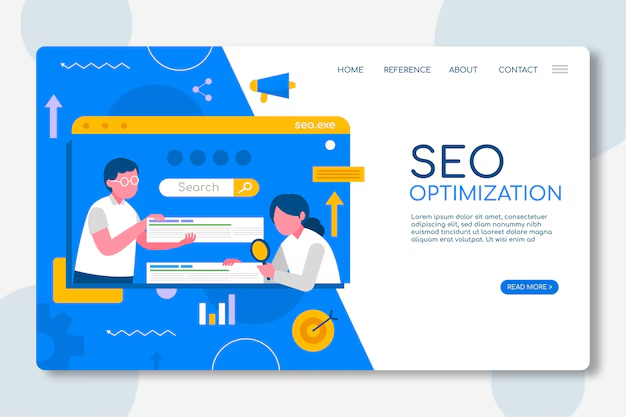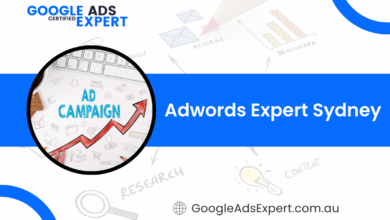
What is on-page SEO? In the world of digital marketing, on-page SEO is a crucial concept that every website owner should understand. It refers to all the actions taken within your website to improve its ranking on search engines. In this guide from Top Most Blog, we’ll break down the fundamentals of on-page SEO, its key components, and how you can implement it effectively for your site.
The Importance of On-Page SEO
Before diving into the specifics, let’s explore why on-page SEO matters. Search engines like Google use complex algorithms to determine which pages to display for specific queries. On-page SEO helps optimize your content and structure so that search engines can better understand your site.
A well-optimized page not only ranks higher but also attracts more visitors. Higher traffic can lead to increased conversions, making it essential for any business aiming for digital success.
Key Components of On-Page SEO
To understand what on-page SEO entails, let’s break down its key elements:
1. Quality Content
Content is king. High-quality, relevant content should be at the heart of your on-page SEO strategy. This means creating content that answers users’ questions, solves their problems, and keeps them engaged.
- Relevance: Make sure your content aligns with what users are searching for. Use tools like Google Trends to find trending topics.
- Originality: Unique content stands out. Avoid duplicating content from other sources.
- Length: Longer content often performs better in search rankings. Aim for at least 1,000 words when possible.
2. Title Tags
The title tag is one of the first things search engines see. It should clearly describe the content of the page while including your target keywords.
- Keyword Placement: Use your primary keyword near the beginning of the title.
- Length: Keep it under 60 characters to ensure it displays fully in search results.
- Engagement: Create an enticing title that encourages clicks.
3. Meta Descriptions
The meta description appears below your title in search results. It should provide a summary of the page’s content while including relevant keywords.
- Length: Aim for 150-160 characters.
- Call to Action: Use action-oriented language to encourage clicks.
- Keyword Usage: Incorporate your primary keyword for relevance.
4. Header Tags
Header tags (H1, H2, H3) help structure your content. They make it easier for readers to skim and understand the main points.
- H1 Tag: This is your main title. Use only one H1 tag per page, and include your primary keyword.
- H2 and H3 Tags: Use these for subheadings to break up content and improve readability.
5. URL Structure
A clean, descriptive URL can boost your on-page SEO. Search engines prefer URLs that are easy to read and include keywords.
- Keyword Inclusion: Incorporate your primary keyword in the URL.
- Readability: Avoid long, complex URLs. Keep it simple.
6. Image Optimization
Images can enhance your content, but they need to be optimized for SEO.
- File Names: Use descriptive file names that include relevant keywords.
- Alt Text: Always add alt text to describe the image. This helps search engines understand the context.
- Compression: Compress images to reduce load times without sacrificing quality.
7. Internal Linking
Internal links connect different pages on your website, helping users navigate and discover more content.
- Relevance: Link to related content within your site to keep users engaged.
- Anchor Text: Use descriptive anchor text that gives users a clear idea of what they’ll find.
8. Mobile Optimization
With the rise of mobile usage, ensuring your site is mobile-friendly is essential. Google prioritizes mobile-optimized sites in its rankings.
- Responsive Design: Use a design that adapts to different screen sizes.
- Loading Speed: Optimize your site to load quickly on mobile devices.
9. Page Loading Speed
Fast-loading pages enhance user experience and improve your chances of ranking higher.
- Optimization Tools: Use tools like Google PageSpeed Insights to identify areas for improvement.
- Minimize HTTP Requests: Reduce the number of elements on a page to speed up load times.
10. User Experience (UX)
A positive user experience is essential for on-page SEO. If users find your site easy to navigate, they are more likely to stay longer.
- Clear Navigation: Ensure users can easily find what they’re looking for.
- Engaging Design: Use an appealing design that keeps users interested.
How to Implement On-Page SEO
Now that you understand what on-page SEO is and its components, how can you put it into practice?
1. Audit Your Current Content
Start by evaluating your existing content. Identify pages that need improvement and analyze their performance.
2. Use SEO Tools
Leverage tools like SEMrush, Ahrefs, or Moz to analyze your on-page SEO. These tools can provide insights and suggestions for optimization.
3. Update and Optimize
Make necessary changes based on your audit and tool recommendations. Optimize title tags, meta descriptions, and content as needed.
4. Monitor Performance
Keep an eye on your website’s performance using Google Analytics and Search Console. Track improvements in traffic and rankings over time.
5. Stay Updated
SEO is ever-evolving. Stay informed about the latest trends and algorithm changes to keep your on-page SEO strategy effective.
Conclusion
What is on-page SEO? It’s a vital part of your digital marketing strategy that focuses on optimizing individual web pages to improve search engine rankings. By prioritizing quality content, effective keyword usage, and user experience, you can set your website up for success.
At Top Most Blog, we believe that understanding and implementing on-page SEO is crucial for anyone looking to thrive in the digital landscape. Start optimizing today, and watch your online presence grow.




